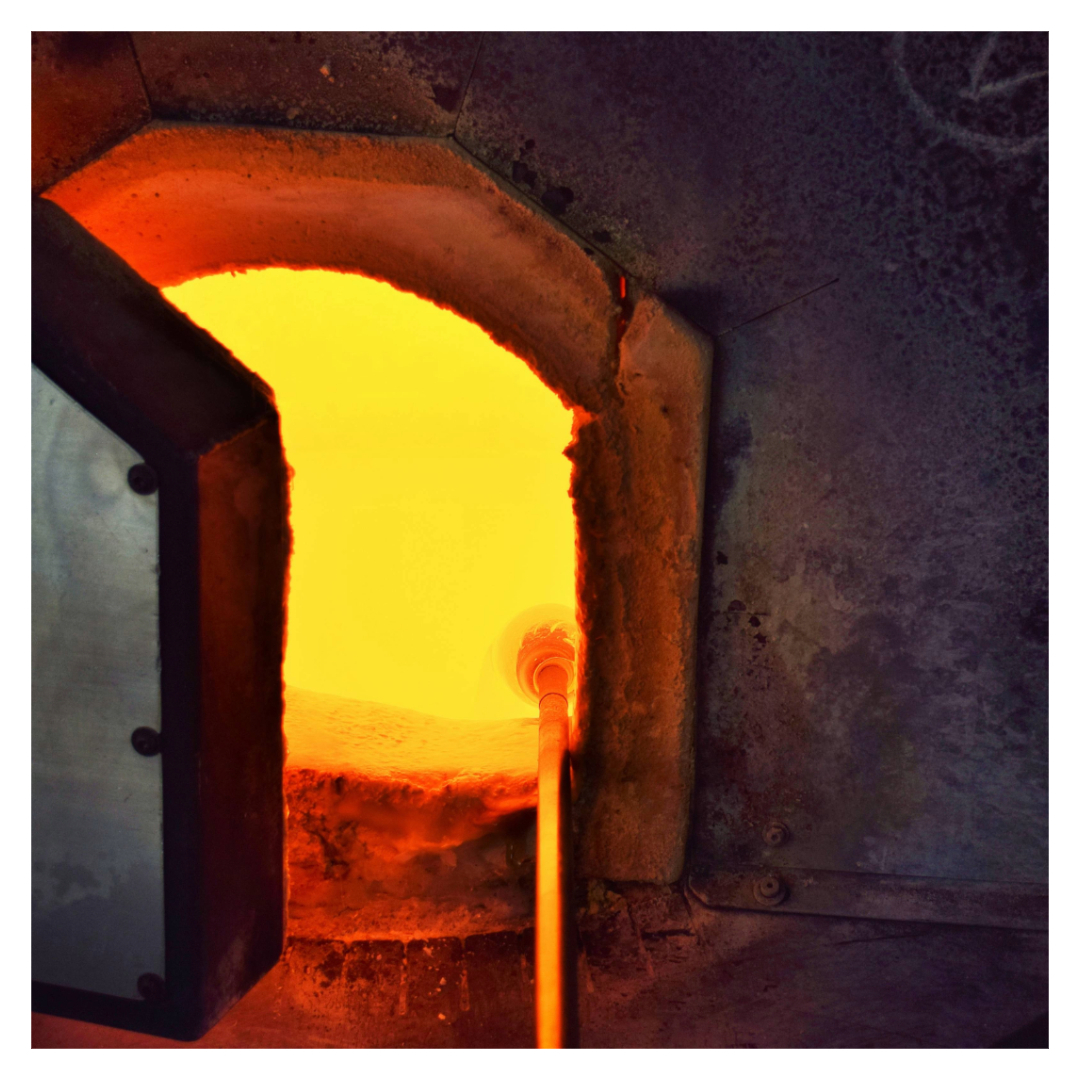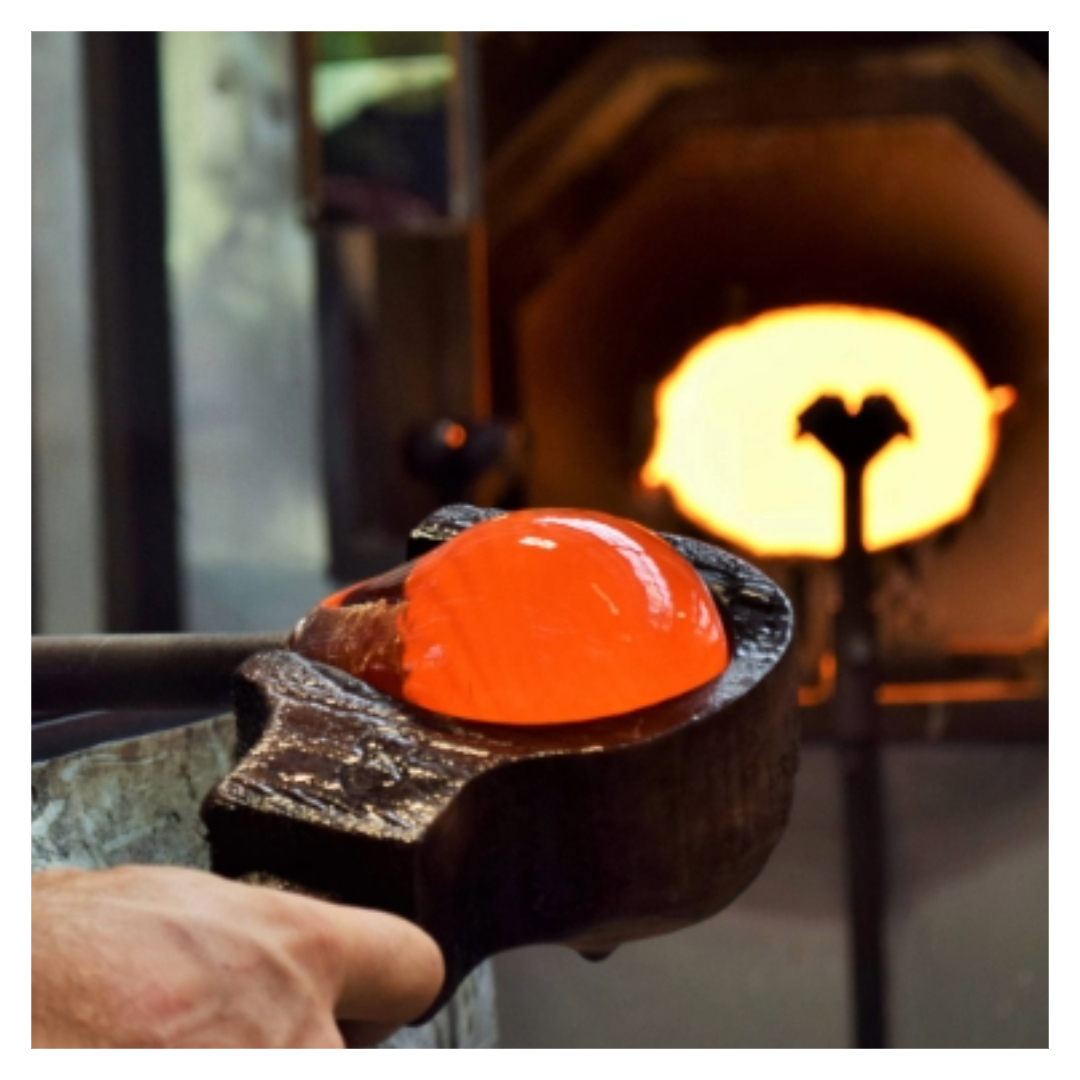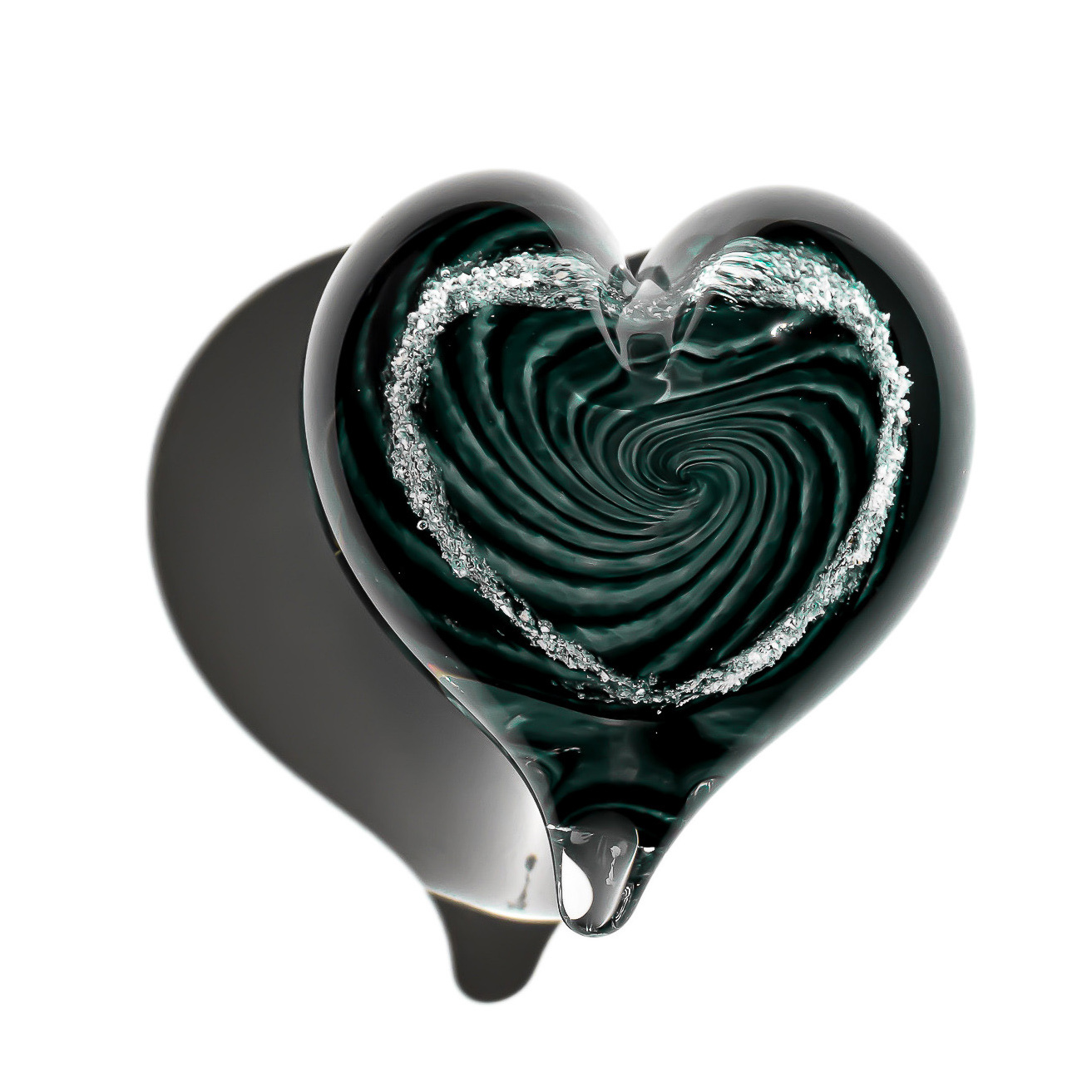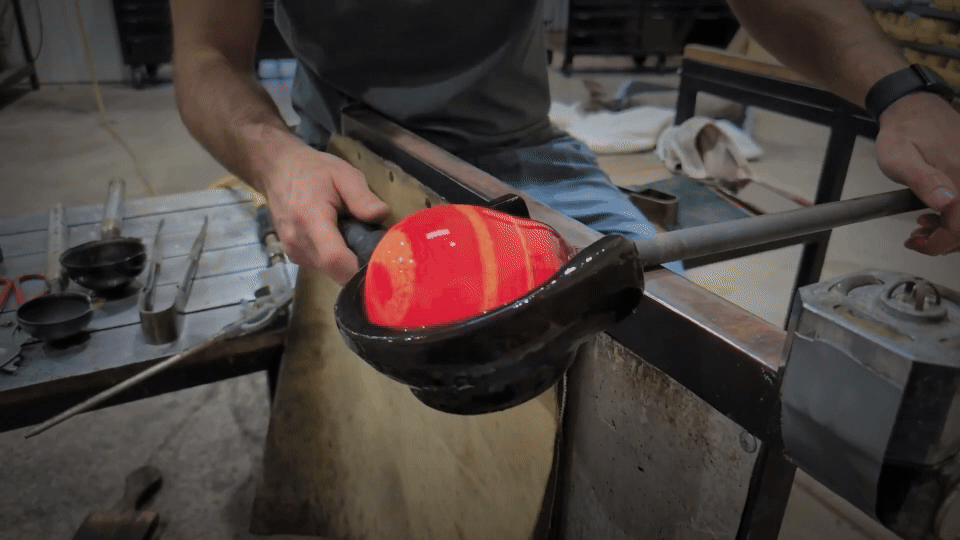Glassblowing is an ancient art form that has captivated humans for over two millennia. This intricate craft, which involves shaping molten glass into beautiful and functional objects, has a rich history that spans continents and civilizations. In this blog post, we'll explore the history of glassblowing, its evolution through the ages, and how it's enduring legacy is a part of each Encased Memories keepsake.
The Birth of Glassblowing
Ancient Beginnings
The story of glassblowing begins in the 1st century BC, along the Syro-Palestinian coast. Syrian craftsmen, known for their ingenuity and skill, are credited with inventing this revolutionary technique. The exact location of its origin is debated, but evidence points to areas that are now part of modern-day Lebanon, Israel, and Syria.
The Roman Influence
The invention of glassblowing coincided with the rise of the Roman Empire, which played a crucial role in spreading and popularizing this new technology. The Romans quickly recognized the potential of glassblowing and supported its development throughout their vast empire.

Principles of Glassblowing
At its core, glassblowing exploits a unique property of glass: its ability to be inflated when in a molten state. This discovery revolutionized glass production, allowing artisans to create a wide range of shapes and sizes with relative ease.
Tools of the Trade
The primary tools of glassblowing have remained remarkably consistent over the centuries. They include:
- Blowpipe: A hollow metal tube used to gather molten glass and inflate it
- Punty (or pontil): A solid metal rod used for shaping and transferring the glass
- Marver: A flat surface for rolling and shaping the glass
- Blocks, jacks, and paddles: Various tools for shaping and manipulating the glass
The Spread of Glassblowing
Phoenician Pioneers
The Phoenicians, renowned for their craftsmanship, were among the first to establish large glass workshops. They set up operations in what is now Lebanon, Israel, and Cyprus, producing a wide variety of glass vessels for export throughout the Roman Empire.
Egyptian Expertise
By the 3rd century AD, glassblowing techniques had reached Egypt, where they were described in a fragmentary poem printed on papyrus. Egyptian glassmakers quickly adopted and adapted these techniques, adding their own unique styles and innovations.
The Middle Ages and Renaissance
 Venetian Mastery
Venetian Mastery
During the Middle Ages, Venice emerged as a major center of glass production. The city's glassmakers were so highly valued that they were moved to the island of Murano in the 13th century, ostensibly to protect the city from fires but also to guard their trade secrets.
The Spread to Northern Europe
From Italy, the art of glassblowing spread northward. By the late 1st century AD, Cologne, Germany had become a significant glassblowing center1. The craft also took root in what is now Switzerland, France, and Belgium.
Innovations in Glassblowing
Mold-Blown Glass
One of the most significant innovations in glassblowing was the development of mold-blown glass. This technique, which involved blowing glass into carved molds, allowed for the mass production of intricately designed vessels.
Ennion - Master of Mold-Blown Glass
Among the most renowned glassblowers of the Roman period was Ennion, who worked in the 1st century AD. Ennion was the first glassmaker to sign his works, incorporating his name into the mold designs. His creations are considered masterpieces of ancient glassblowing.
Glassblowing in the Islamic World
The art of glassblowing flourished in the Islamic lands during the medieval period. Muslim glassmakers produced a wide variety of objects, from everyday vessels to exquisite works of art. In the 6th and 7th centuries AD, Byzantine glassworkers in Jerusalem created mold-blown glass decorated with Christian and Jewish symbols.
The Industrial Revolution and Beyond
Mechanization of Glassblowing
The 19th century brought significant changes to the glassblowing industry. In 1820, John P. Bakewell patented a process for mechanically pressing hot glass, revolutionizing glass production. This was followed in 1903 by Michael Owens' invention of the first automatic bottle blowing machine, capable of producing millions of glass objects per day.
The Studio Glass Movement
The 20th century saw a revival of interest in glassblowing as an art form. The Studio Glass Movement, which began in the 1960s, brought glassblowing out of the factory and into artists' studios. Pioneers like Harvey Littleton and Dominick Labino developed small furnaces that allowed individual artists to work with hot glass in their own workshops.
Glassblowing Today
Today, glassblowing continues to thrive as both an industrial process and an art form. Modern glassblowers combine traditional techniques with contemporary designs and technologies, creating everything from functional objects to stunning sculptures.
The Legacy of Glassblowing
The history of glassblowing is a testament to human ingenuity and creativity. From its humble beginnings in the workshops of ancient Syria to its current status as a respected art form, glassblowing has continually evolved while maintaining its core principles.

At Encased Memories, we are proud to be part of this rich tradition. Our handblown glass keepsakes, which incorporate cremation ashes, represent a modern application of this ancient craft. By encasing memories in glass, we create lasting tributes that honor the past while embracing the future of this timeless art form.
As we look to the future, it's clear that glassblowing will continue to captivate and inspire. Whether it's through innovative industrial applications or breathtaking artistic creations, the magic of shaping molten glass will undoubtedly remain a source of wonder for generations to come.

